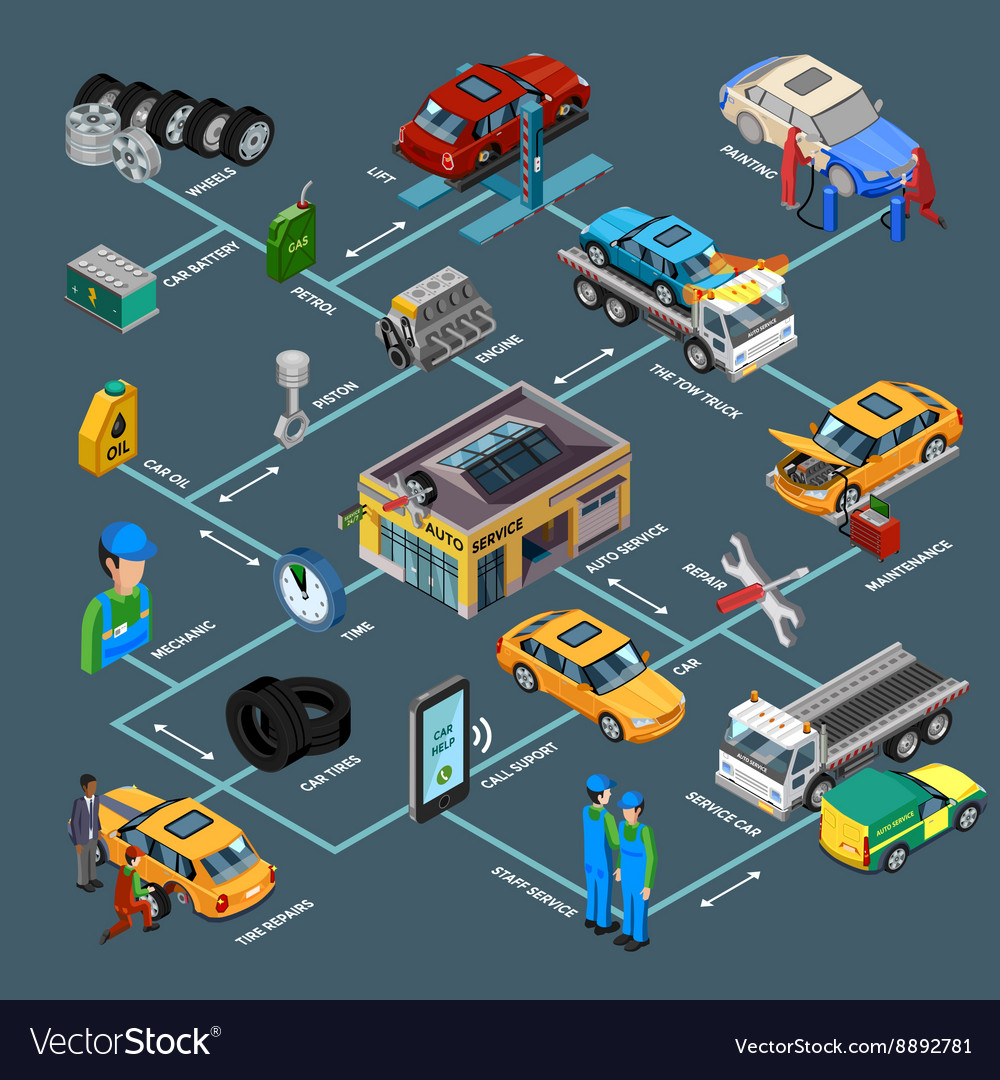Assessing Your Auto'S Caution Indicators: What They Really Communicate
Assessing Your Auto'S Caution Indicators: What They Really Communicate
Blog Article
Write-Up Created By-Lim Corbett
When you're behind the wheel, those beautiful warning lights on your dashboard can be a bit complicated. Do you understand what they're attempting to inform you concerning your automobile's wellness? Comprehending the significance of these lights is important for your safety and the longevity of your vehicle. So, the next time one of those lights appears, would not you intend to decode its message precisely and take the necessary actions to address it?
Common Caution Lights and Interpretations
Recognize common warning lights in your cars and truck and comprehend their meanings to make sure safe driving.
The most normal caution lights include the check engine light, which indicates problems with the engine or exhausts system. If https://www.fox10phoenix.com/news/tips-on-preventing-your-car-from-breaking-down-in-the-arizona-heat begins, it's critical to have your vehicle checked promptly.
The oil pressure cautioning light suggests low oil pressure, needing prompt attention to stop engine damages.
auto detailer blinking battery light could suggest a defective charging system, potentially leaving you stranded otherwise attended to.
The tire pressure tracking system (TPMS) light alerts you to reduced tire pressure, affecting lorry stability and gas performance. Overlooking this could cause hazardous driving problems.
The abdominal light indicates a problem with the anti-lock braking system, jeopardizing your ability to stop promptly in emergencies.
Last but not least, the coolant temperature level advising light warns of engine overheating, which can cause severe damage otherwise solved swiftly.
Comprehending these common warning lights will certainly assist you resolve concerns quickly and keep risk-free driving problems.
Value of Prompt Focus
Understanding the common warning lights in your auto is just the very first step; the relevance of immediately addressing these warnings can not be emphasized enough to ensure your safety and security when traveling.
When a warning light brightens on your dashboard, it's your automobile's means of interacting a possible problem that needs attention. Overlooking these warnings can result in much more serious problems down the road, endangering your security and possibly costing you more out of commission.
Motivate focus to cautioning lights can protect against malfunctions and accidents. For instance, a blinking check engine light might show a misfire that, if left unattended, could trigger damages to the catalytic converter. Resolving this immediately can save you from a pricey repair.
Similarly, a brake system cautioning light could signify low brake liquid or worn brake pads, essential parts for your safety and security when driving.
Do It Yourself Troubleshooting Tips
If you discover a caution light on your control panel, there are a couple of do it yourself troubleshooting ideas you can attempt prior to looking for expert assistance.
The initial step is to consult your cars and truck's handbook to recognize what the details caution light suggests. In some cases the concern can be as simple as a loose gas cap triggering the check engine light. Tightening the gas cap may solve the trouble.
One more typical problem is a low battery, which can activate numerous advising lights. Checking the battery links for rust and guaranteeing they're safe may deal with the issue.
If a warning light persists, you can try resetting it by separating the car's battery for a couple of mins and after that reconnecting it. Furthermore, inspecting your vehicle's fluid degrees, such as oil, coolant, and brake liquid, can help repair cautioning lights related to these systems.
Conclusion
In conclusion, understanding your auto's caution lights is important for keeping your car running efficiently and safely. By without delay attending to these signals and recognizing what they suggest, you can stay clear of costly repairs and potential failures.
Keep in mind to consult your car's guidebook for specific details on each advising light and do something about it as necessary to make sure a trouble-free driving experience.
Stay educated, remain risk-free when traveling!
